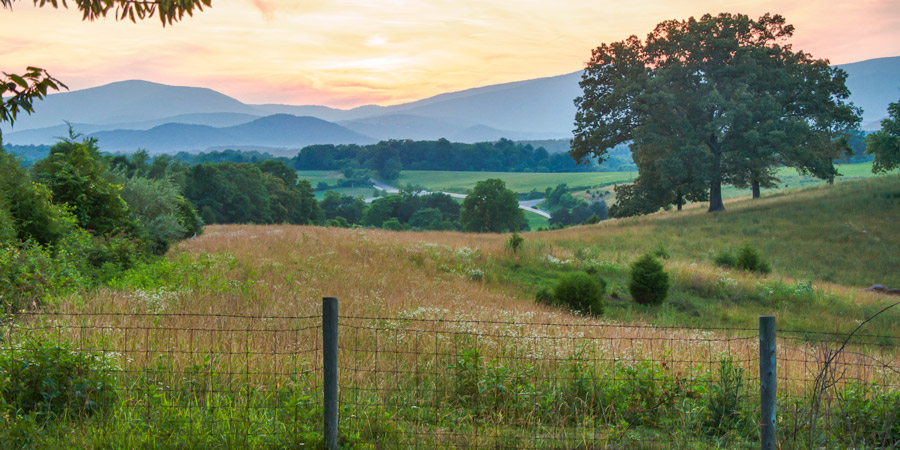
A conservation easement is an agreement between a landowner and a private land trust or a governmental conservation agency that limits future development on a property. In doing so, an easement protects the land you love for the benefit of current and future generations.
The purpose of a conservation easement is to protect a property’s particular conservation values, whether that be its farm, forest, water, scenic or cultural attributes. Conservation easements offer flexibility and each one is unique; the terms of an easement and the protections placed on the property are negotiated between the landowner and the conservation organization.
Typically, those terms:
- Limit the amount of subdivision and development allowed on the property;
- Protect important natural resources, including streams, productive agricultural soils, forests and natural habitat areas;
- Limit dumping, mining, grading, blasting on the property;
- Allow continuation of productive rural uses, such as agriculture, forestry, hunting, and fishing;
The restrictions in the easement run with the land and apply to all future landowners. The landowner who donates the easement continues to own, use and control the land subject to the terms of the easement. The landowner still decides who has access to the property and for what purpose, just as before. The conservation organization is responsible for enforcing the terms of the conservation easement.
Landowners who donate conservation easements make a diference in their communities. People donate easements because of their love of the land and their desire to see it protected forever. Their actions also foster land and resource stewardship that benefits all of us with: clean water, productive farm and forestland, thriving natural habitats, climate resiliency, and beautiful vistas. For these and many other benefits associated with conserving their land, landowners may also be eligible to receive tax benefits for their charitable donation.
